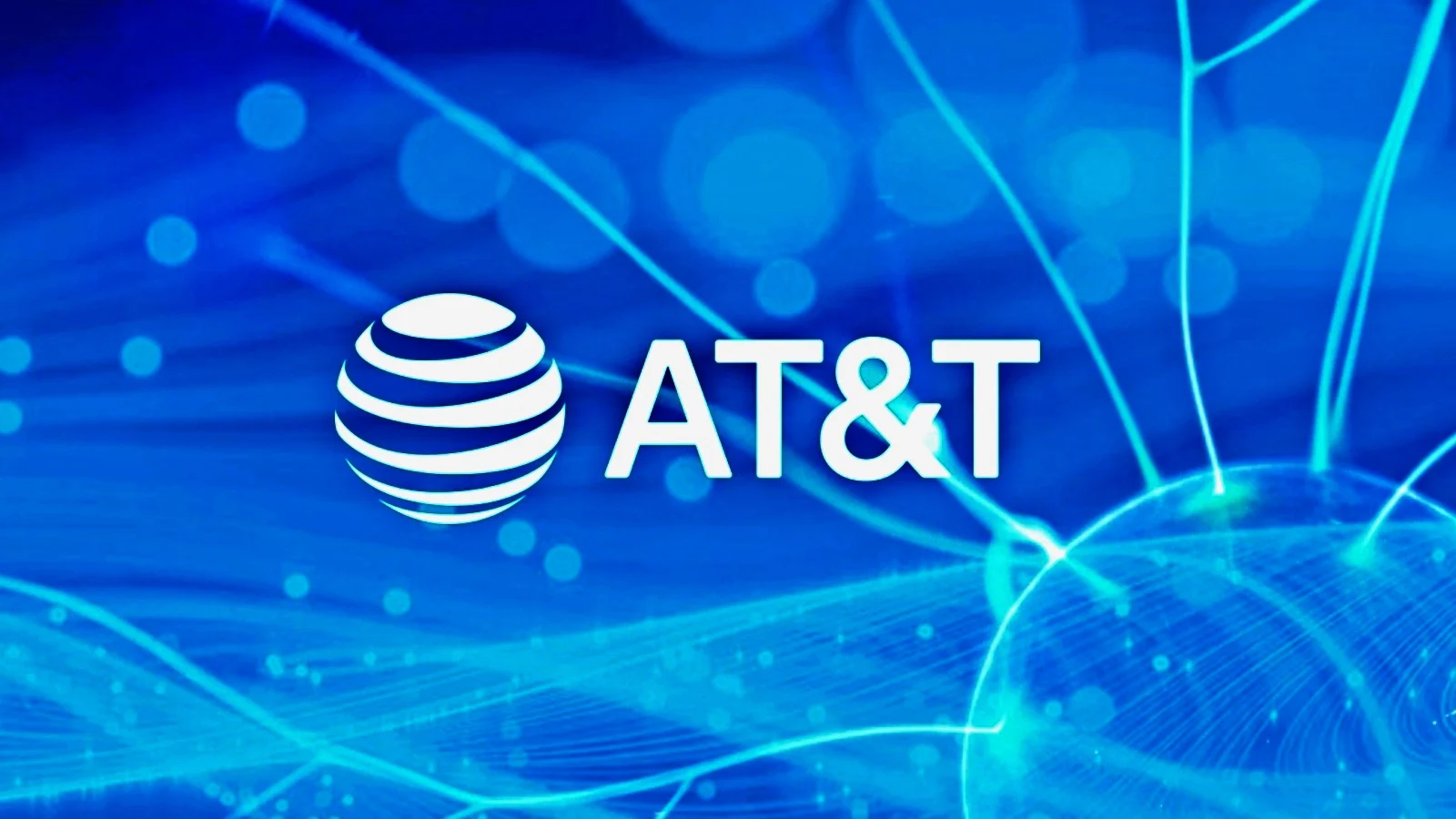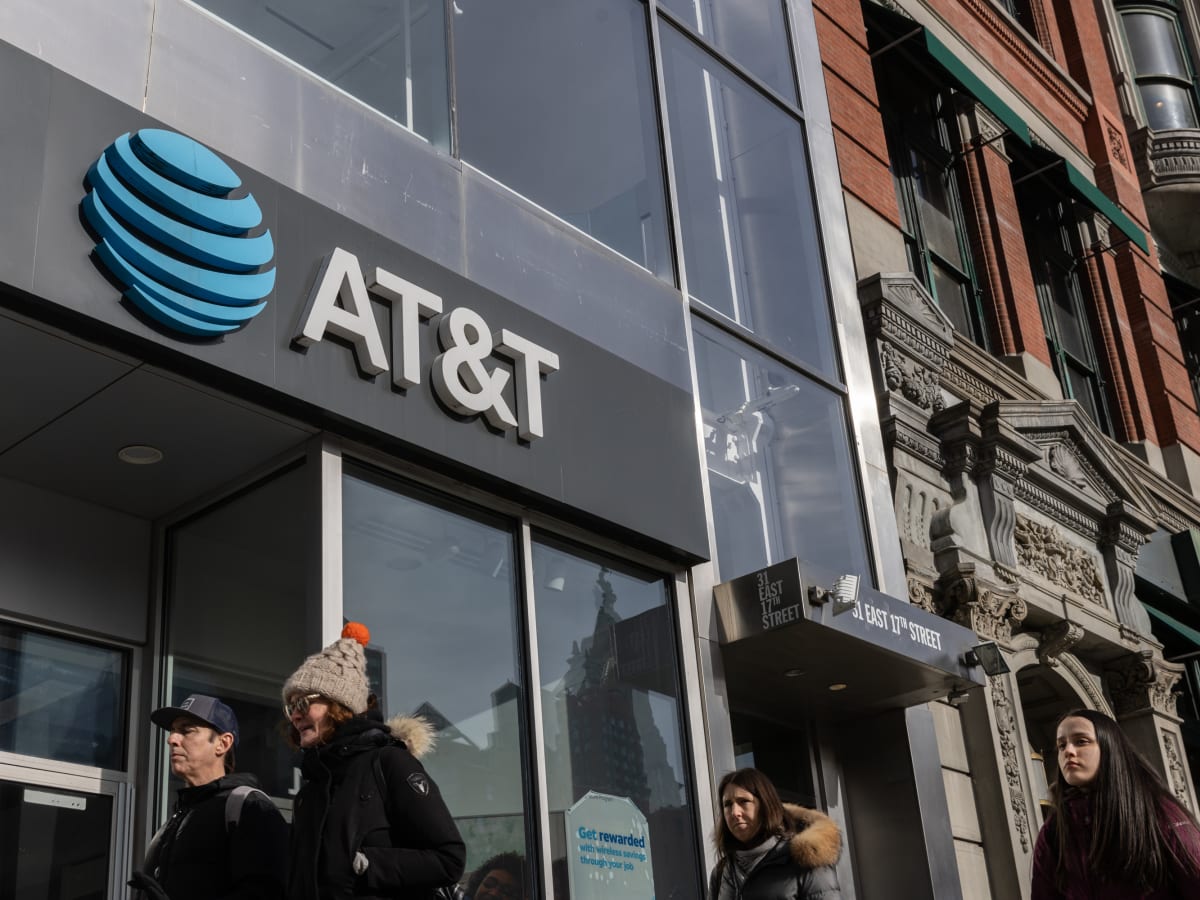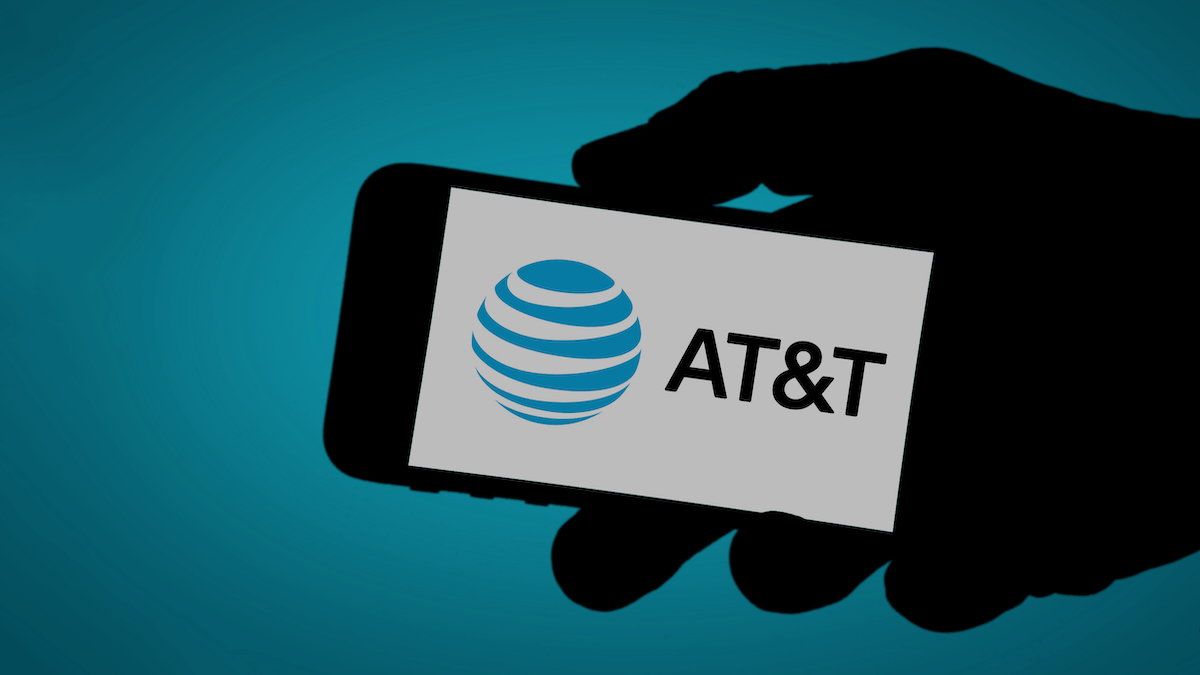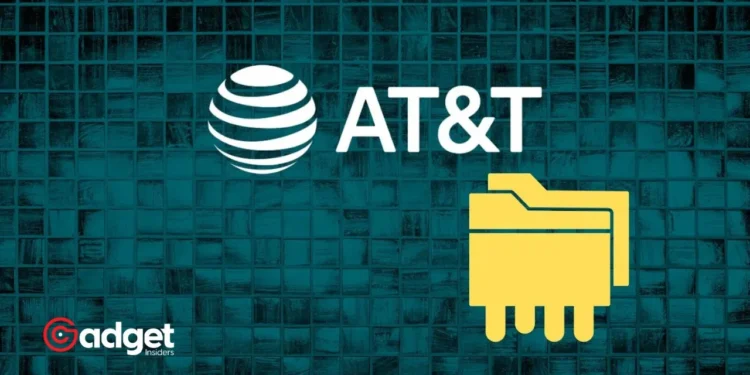In what appears to be one of the most extensive data breaches in recent times, AT&T has reported a significant compromise affecting over 51 million individuals. This breach, which is still unfolding, initially seemed to impact as many as 73 million, but this number was later adjusted after further investigation.
The breach’s revelations began to surface when reports of AT&T customer data appearing on the dark web came to light in mid-March. The telecom giant took approximately two weeks to confirm the authenticity of the data, linking it directly to its customers.
During the Easter holiday weekend, further details emerged, with AT&T revealing that the data pertained to about 7.6 million current customers and roughly 65.4 million former customers. The data in question, dating back to 2019 or earlier, primarily included sensitive personal information.
AT&T’s disclosure to the Maine Attorney General emphasized that the exposed data included customers’ full names, email and mailing addresses, phone numbers, dates of birth, social security numbers, and AT&T account numbers and passcodes.

The Nature of Compromised Data
In an effort to manage the fallout and inform the affected individuals, AT&T has clarified that, to their best knowledge, personal financial information and call history were not included in the compromised data. This statement aims to reassure customers about the specific scope of the information leak.
Despite this reassurance, the breach remains troubling due to the nature of the exposed information, which could potentially lead to identity theft and other forms of fraud. In response to these risks, AT&T is offering one year of free credit monitoring and identity theft protection services to affected customers. This gesture, while helpful, underscores the severity of the breach and its potential consequences on individual privacy and security.

Ongoing Investigations and Customer Notifications
As the investigation continues, AT&T has been actively sending out notifications to impacted customers, detailing the nature of the compromised information. The company has also reported that the incident has led to a thorough review of records, suggesting that earlier figures might have included duplicate or inaccurate entries, which is why the number was revised down from the initially reported 73 million.
The origin of the data breach, however, remains a mystery. AT&T has firmly denied any breach of its own systems, indicating that the data might have been circulating online since as early as 2021, without a clear indication of its source.
🚨BREAKING – AT&T Data Breach
Update: 51 Million Customers Impacted pic.twitter.com/Iyk5wscShH
— ᴛʜᴇ 𝐑𝐎𝐁𝐈𝐍𝐄𝐓𝐓𝐄 ʀᴇᴘᴏʀᴛ ™ (@ClownsOfCSPAN) April 10, 2024
A Separate Yet Significant Breach
In a related but separate disclosure, AT&T, in March 2023, had to notify 9 million wireless customers about another breach. This incident involved the compromise of Customer Proprietary Network Information (CPNI) due to a data breach at a third-party vendor. This breach further highlights the challenges and risks associated with data security, especially when third-party vendors are involved.

AT&T Data Breach: Implications and Recommendations
The AT&T data breaches serve as a stark reminder of the vulnerabilities inherent in digital data storage and transmission. Customers affected by such breaches should take immediate steps to protect their identity and monitor their financial transactions and credit reports closely. For companies, these incidents underscore the need for stringent security measures, both internally and with third-party vendors, to safeguard customer information diligently.
As the situation develops, it will be crucial for AT&T and other companies to enhance their cybersecurity frameworks and response strategies to mitigate future risks and rebuild consumer trust. This incident is not just a wake-up call for AT&T but for all entities holding sensitive customer data to reassess and fortify their data protection mechanisms.










